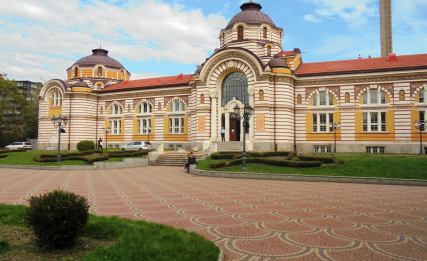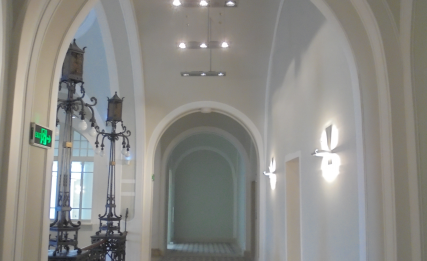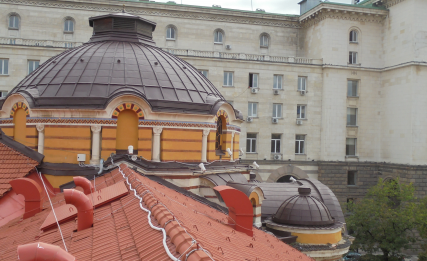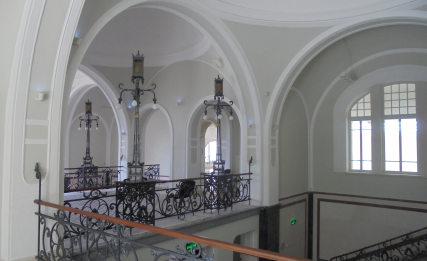Central Mineral Baths Is Ready To Be Transformed into Museum of Sofia History




The restoration and the adaptation of one of the most beautiful buildings in Sofia for a museum of the city were finished completely and the building was commissioned in the middle of September. The Central Mineral Baths is already ready to turn into a home of over 120,000 exclusive exhibits, witnessing the past of many ages of the Bulgarian capital. Currently, they are stored at different locations in the funds of other museums and could hardly be seen by the inhabitants and visitors of the city, as the Museum of Sofia had its own building only for three of the total 85 years of its history.
The large-scale repair activities, in whose implementation the subsidiary of the holding, Infra Roads Ltd., participates, are of a value of 5 million BGN, VAT excluded, and they were implemented with European funds from the Operational Programme Regional Development 2007-2013 and co-funding from the Sofia Municipality.
The functional purpose of the building of the Central Mineral Baths has been changed by the implementation of the project, however, the exterior and the main scheme of the internal spaces have been preserved and restored in their authentic appearance. The vacant parts of the two inner courtyards have been added to the scope of the museum in order to increase the exposition areas.
With its total flooring of 7,900 sq m, the Museum of Sofia History is located on four levels, where the exhibition spaces, restoration ateliers, repositories, administrative offices, halls with representative functions, tourist information center and coffee shop are situated.
The implemented construction works include a complete repair of roof structures and coating, restoration of facades and decorating elements, mounting of new exterior lighting, repair of street bed and laying new sidewalk covering around the building. Regarding the interior, the original floors were recovered, the metal railings of staircases and candelabra were restored, lifts providing access for people with disabilities were mounted, as well as new interior lighting in compliance with the provided layout of the expositions, the water and sewage pipes and electrical installations were replaced, geothermal power station and heat distribution unit were constructed.

